Need an automatic gate for your entrance? Screenguard have been installing and maintaining secure and reliable automatic gate systems throughout the country for over 40 years with our range of swing and sliding gate automation designed for commercial grade systems. We can also install bi-folding automatic gates, cantilevered sliding gates and telescopic automatic sliding gates where entrance layouts can’t accommodate a standard gate automation.
Health and safety is another priority with every Came gate automation system we install. Every gate system is individually risk assessed for safety and reliability and we will specify Came 24V encoder technology for rapid obstacle detection as well a range of safety devices to make your gate compliant with HSA safety regulations. Our DHF certified engineers will install your automatic gate system to be safe, secure and reliable to give you many years of service. Look below at the different types of automatic gate hazards that exist and what safety solutions you will need to have compliant gate automation.
All our installed systems also feature CameConnect that links your gate system back to our service desk so the gate can alert us if it detects any faults. We also provide a smartphone app for you that allows you full remote control over your system from wherever you are.
So scroll down to contact us or click on the chat icon or call us at (01) 4263000 and let’s get started!




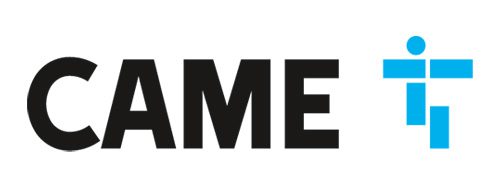
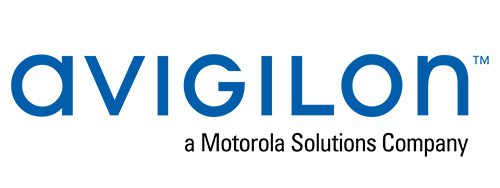

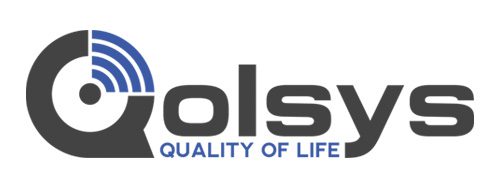
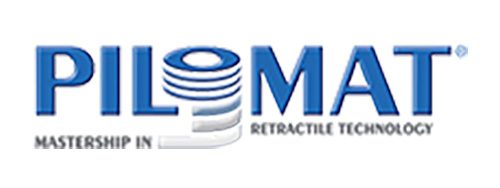

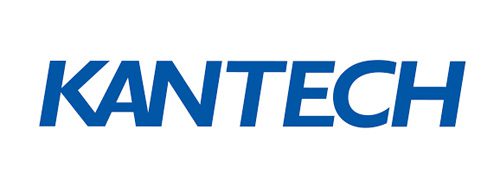

 Therefore, it is important to ensure all reducing gaps, regardless of their size, are controlled effectively. Crush hazards are the leading cause of serious injury or death on powered gates during normal use. They can exist in various locations, such as hinges, main edges and underneath gates.
Therefore, it is important to ensure all reducing gaps, regardless of their size, are controlled effectively. Crush hazards are the leading cause of serious injury or death on powered gates during normal use. They can exist in various locations, such as hinges, main edges and underneath gates. While they may not seem
While they may not seem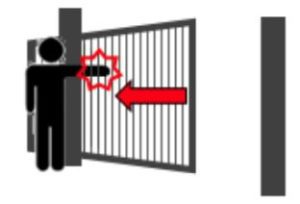 This can result in broken arms, broken legs etc and must be controlled effectively. It can also affect fingers, which are often overlooked.
This can result in broken arms, broken legs etc and must be controlled effectively. It can also affect fingers, which are often overlooked. Resulting injuries could
Resulting injuries could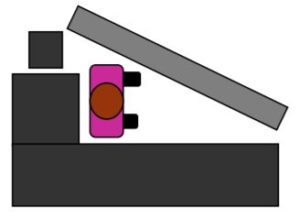 Can be as simple as the diagram but can be extremely serious where a gate lies across a fire escape route, where breakdown of the gate would prevent safe egress. Often exists in underground car parks, where no other form of safe egress is provided.
Can be as simple as the diagram but can be extremely serious where a gate lies across a fire escape route, where breakdown of the gate would prevent safe egress. Often exists in underground car parks, where no other form of safe egress is provided.